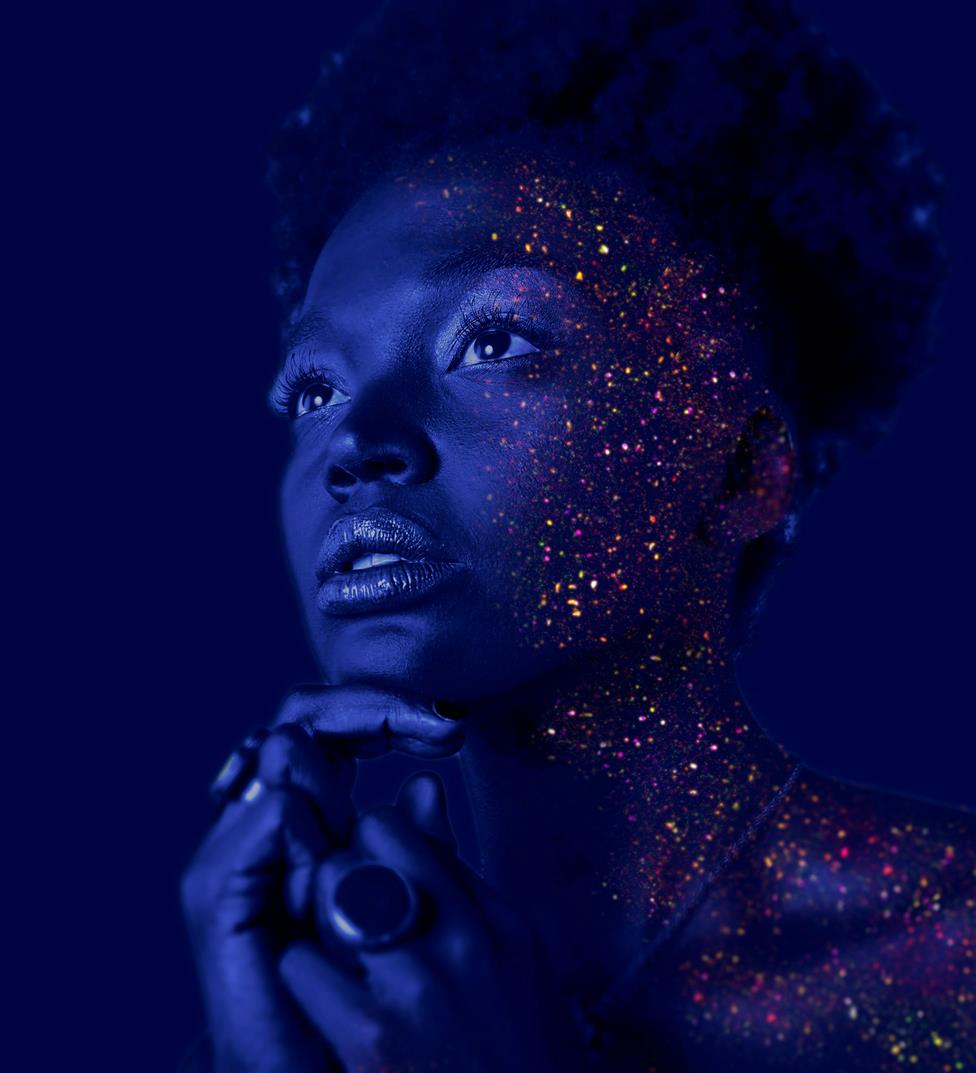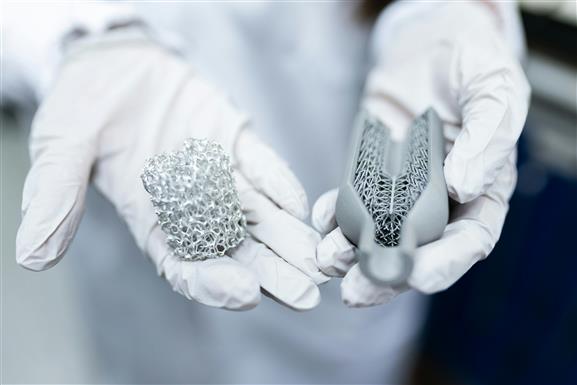
For centuries, creativity has been regarded as a deeply human trait—intuitive, emotional, and sometimes inexplicable. Art was something born from personal experience, cultural influence, and sheer imagination. But in the 21st century, the definition of creativity is evolving. Artificial Intelligence, once viewed as a tool of cold logic and automation, is now stepping onto the canvas, the stage, and the screen. And it’s not just assisting artists—it’s co-creating, generating, curating, and in some cases, challenging the very essence of what it means to be an artist.
This transformation has sparked intense debate. Can machines be creative? Is AI-generated art authentic? And how is the role of the human artist shifting in this new landscape?
From Assistant to Collaborator
In its early stages, AI in the arts functioned primarily as a support system. Artists used it to speed up tasks: auto-tuning vocals, generating textures, or correcting errors in animation frames. These tools were helpful, but no one thought of them as creative partners.
That changed with the rise of generative models—algorithms capable of producing text, images, music, and even 3D environments from scratch. Suddenly, AI wasn’t just following commands; it was offering ideas, making stylistic decisions, and generating entire works based on prompts, patterns, or training data. Artists found themselves collaborating with a non-human entity that could absorb centuries of style in minutes and reinterpret them in ways few expected.
Instead of replacing the artist, these systems have become something closer to a co-pilot—suggesting color schemes, offering musical motifs, or imagining narrative twists that the creator might not have considered. This collaborative process is less about automation and more about dialogue.
A New Kind of Artist
One of the most talked-about moments in AI art came in 2018, when a portrait generated by an AI model trained on classical painting datasets sold at Christie’s for over $400,000. The piece, created by the Paris-based collective Obvious, featured the blurry, enigmatic face of a fictional man named Edmond de Belamy. The signature on the painting? A snippet of code.
Since then, the presence of AI-generated work in galleries, film festivals, and music platforms has only grown. Apps that turn selfies into Renaissance portraits or generate music based on mood are now mainstream. But deeper projects—those pushing creative boundaries—are reshaping not just how art is made, but how it’s perceived.
Some artists use AI as a brush. Others see it as a mirror, reflecting biases embedded in training data or challenging assumptions about originality. Then there are those who use AI to explore the limits of authorship—who owns a work created with the assistance of thousands of anonymous data points scraped from the internet?
In this environment, the definition of “artist” itself is expanding. A coder might be as central to a piece as a painter. A poet might collaborate with a language model. The traditional roles—composer, illustrator, director—are blending into something more fluid and experimental.

Breaking Creative Barriers
AI doesn’t tire. It doesn’t get stuck. It can generate 1,000 variations in seconds. For artists who suffer from creative block, this is a powerful advantage. Musicians can input a few bars and receive harmonies in the style of Bach—or Björk. Filmmakers can storyboard entire scenes based on a single sentence. Fashion designers can simulate materials and cuts on digital models before ever sewing a stitch.
This sheer breadth of output allows for rapid prototyping, testing, and refining. It also helps level the playing field. Someone with limited technical skill but a strong creative vision can now produce compelling visuals, sounds, or narratives using AI-based tools.
Still, access to AI-generated art is not purely democratic. Training large models requires significant resources. The datasets often reflect the biases of the cultures that created them. And some artists worry that the flood of AI-generated content could dilute the value of handmade work or overwhelm audiences with algorithmic sameness.
Tensions and Ethical Questions
The excitement around AI and creativity is tempered by serious concerns. Chief among them: originality and authorship. If an AI model is trained on thousands of existing artworks—many without the original creators’ consent—can anything it produces be considered new? And who gets credit for the work?
These questions have led to lawsuits, protests, and calls for regulation. Artists whose works have been scraped to train generative models are demanding compensation. Others are exploring watermarking tools or opt-out mechanisms to shield their creations from being absorbed into vast, impersonal datasets.
There’s also the matter of taste. AI can mimic style, but it doesn’t understand context, history, or cultural nuance in the way humans do. An AI-generated image of a historical event may be aesthetically striking but emotionally hollow. Critics argue that without consciousness or lived experience, machine creativity will always be a shallow imitation.
And yet, for some creators, this is precisely the point. In highlighting the limitations of machine-generated work, artists can explore deeper themes—about identity, labor, automation, and the future of human expression.
Not Just Art—A Cultural Shift
AI in the arts is not happening in isolation. It’s part of a larger cultural shift toward hybrid practices, where human and machine roles blur in everything from journalism to architecture to video game design.
It’s also part of a broader questioning of authenticity in a digital age. With filters, algorithms, and deepfakes shaping so much of our media, the idea of a “pure” or untouched creation feels increasingly outdated. Instead, what matters is intent, message, and connection.
Artists working with AI are often less concerned with perfect output and more interested in process. They treat AI as a medium, like paint or clay—one that introduces randomness, surprise, and even failure into their work. In doing so, they echo the ethos of past art movements that embraced unpredictability—Surrealism, Dada, glitch art.

Where We Go From Here
The future of AI and creativity isn’t about machines replacing humans. It’s about expanding the toolkit. Just as photography didn’t kill painting, and digital art didn’t erase analog, AI is unlikely to eliminate traditional forms. Instead, it offers a new space for exploration.
The artists who thrive in this new environment will be those who understand both the potential and the pitfalls—who use AI not as a crutch, but as a partner, a provocateur, or even a foil.
As generative models become more refined and accessible, expect to see more hybrid works, more unexpected collaborations, and more debates about what constitutes “real” art. These conversations may not lead to consensus—but they will lead to reflection. And that, in itself, is part of the creative process.
In the end, the rise of AI in art may not signal the end of human creativity, but its evolution. A shift from mastery to curation, from solitude to symbiosis. Not the replacement of the artist, but the beginning of a new chapter—one in which creation is a conversation between flesh and code.






